Interior Space
November 2nd the ISS International Space Station, top of the highest technology to whom Italy gave a significant scientific and project contribution, will celebrate the 20th anniversary of being continuously inhabited by humans. In this occasion, the Galleria del Cembalo in Rome will show as national debut the photographs by Paolo Nespoli on board of the Space Station. A vision of extraordinary impact ever reached until today.
Since two decades humans live and work in the International Space Station, the ISS, as home and lab, the most extreme technological object rotating about the Earth at 400 km of height and a speed of 27,5 thousand km/h. Ninety minutes in the emptiness of Universe and the spacecraft completes the circle around the globe. A whole day and the astronauts , who are working hard on a very strict program of scientific experiments, see sunrises and sunsets sixteen times.
In a not so far future, may be in four years, our outpost among the stars will irretrievably follow a fate already written: disappear forever in the destructive re-entry in the atmosphere. A reality which pushed Paolo Nespoli to document this ultimate artwork of Renaissance thinking.
Opening the door of the ISS there comes one of the most charismatic Italian astronaut, Paolo Nespoli, who during his last mission has portrayed the interior of the Space Station with a great photographic author’s attention. It is not the first time that Paolo Nespoli expresses this very original talent. Since many years, at the time of the mission in Lebanon in 1982, under General Franco Angioni, Nespoli has combined the military commitment with an intense photographic activity. Ability, acrobatic shooting even during launches, which once he became engineer and astronaut earned him a special point of interest in his training. Since his first spatial mission in 2007 and in the following long missions in 2010-2011 and in 2017, with a total of 313 days in orbit, Paolo Nespoli has photographed the Earth and his beauty, in particular the beauty of the “night of the world”, with authentic artistic sensibility. Magnificent look, that elected him as interpreter of a never seen documentation: that of the interior of the Space Station, from the long perspective linking the different modules and laboratories, the single spaces, to the most estranging and complex technologic details.
The project of Interior Space. A Visual Exploration of the Space Station was born in collaboration with the American photographer Roland Miller, who documented the different Nasa centers in the USA, conceived for the design of the technology for the ISS and the astronaut’s training. A selection of these images in present in the exhibition.
The show, accompanied with a volume edited by Damiani Editions, is a national debut, if not international. In the suggestive frame of the Galleria del Cembalo, the path will unfold through a wide selection of large size images portraying the interior of the ISS. The exhibition is completed by several unreleased photographs that Paolo Nespoli dedicated to the vision of the Earth by night in the spectacular moments of the dawn and aurora borealis.
It is not by chance if the choice for the official national presentation of this photographic research is Rome. Each of this wonderful images pays tribute to one of the most recent scientific and historical disciplines , the spatial archaeology, of which the maximum experts are Alice Gorman and Justin P. Walsh, authors present in the book’s preface. And if the ISS, destined to disappear, was becoming a classical vestige? Another, brand new Domus Aurea? And if this house talking to the future already carried the traces of our past? Paolo Nespoli’s photographs are only the beginning of an amazing novel, not only science-fiction. Let’s go in the Space Station and continue to imagine our journey in the Universe.
The exhibition is realized with the support of Leonardo Company.
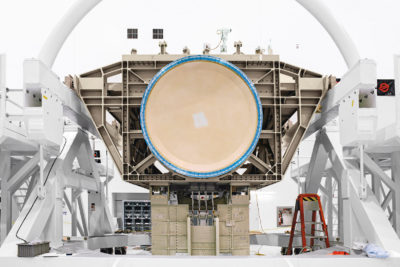
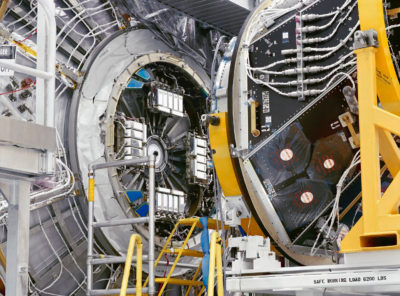
and Pressurized Mating Adapter (right)
Ground Fit-Check TestHigh Bay
Space Station Processing Facility – SSPF
NASA Kennedy Space Center, Florida
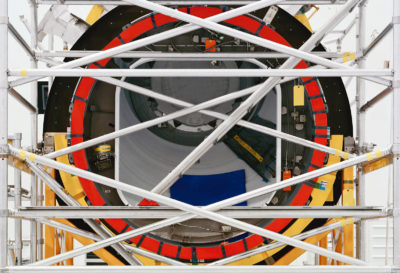
Space Station Processing Facility – SSPF
NASA Kennedy Space Center, Florida
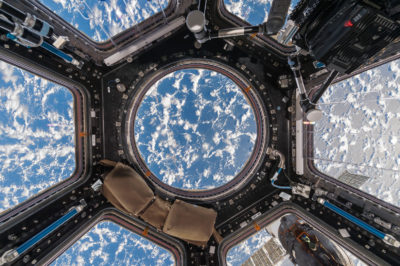
Low Earth Orbit, Space (Courtesy NASA and ASI)
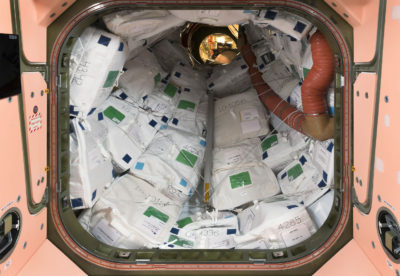
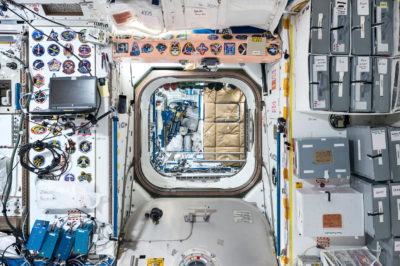
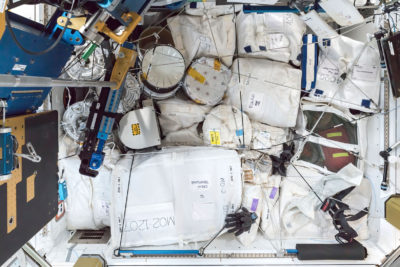
International Space Station – ISS
Low Earth Orbit, Space (Courtesy NASA and ASI)
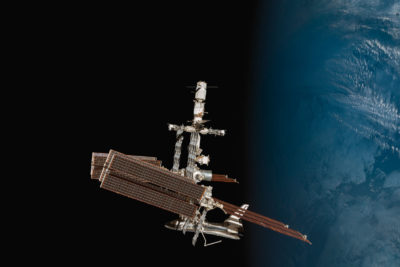
International Space Station – ISS
Low Earth Orbit, Space (Courtesy NASA and ESA)
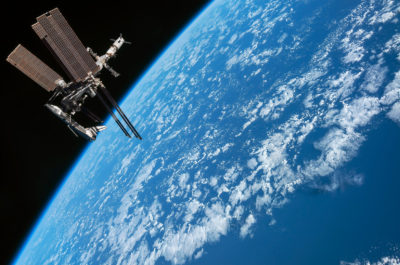
International Space Station – ISS
Low Earth Orbit, Space (Courtesy NASA and ESA)
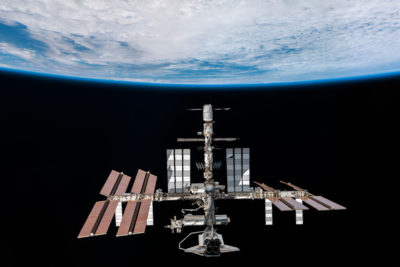
International Space Station – ISS
Low Earth Orbit, Space (Courtesy NASA and ESA)
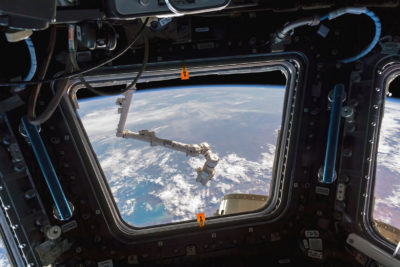
International Space Station – ISS
Low Earth Orbit, Space (Courtesy NASA and ASI)
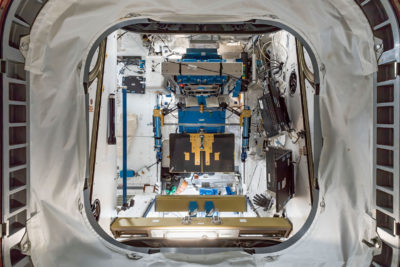
International Space Station – ISS
Low Earth Orbit, Space (Courtesy NASA and ASI)
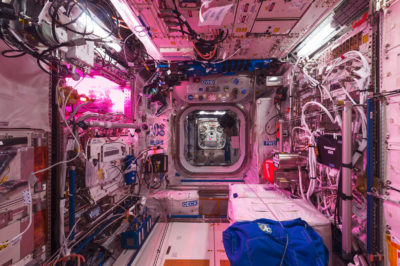
International Space Station – ISS
Low Earth Orbit, Space (Courtesy NASA and ASI)
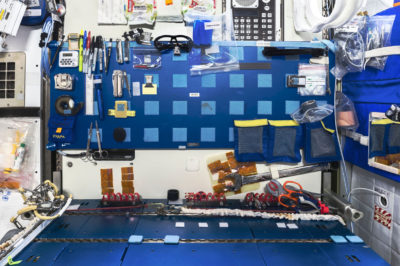
International Space Station – ISS
Low Earth Orbit, Space (Courtesy NASA and ASI)
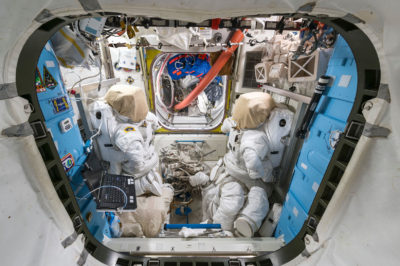
Low Earth Orbit, Space (Courtesy NASA and ASI)
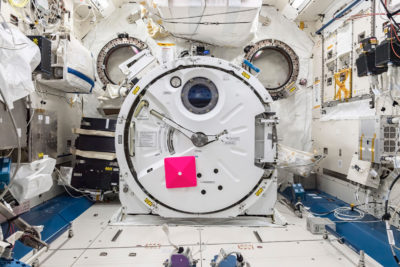
International Space Station – ISS
Low Earth Orbit, Space (Courtesy NASA and ASI)
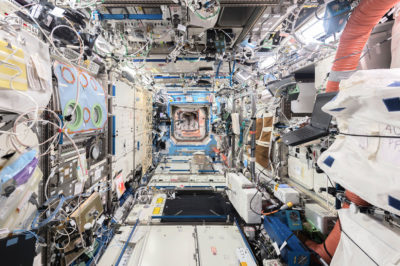
Low Earth Orbit, Space (Courtesy NASA and ASI)
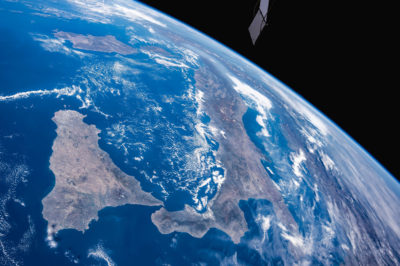
International Space Station – ISS
Low Earth Orbit, Space (Courtesy NASA and ASI)
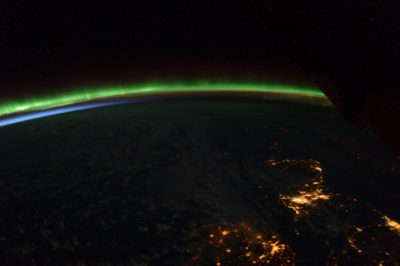
Low Earth Orbit, Space (Courtesy NASA and ASI)
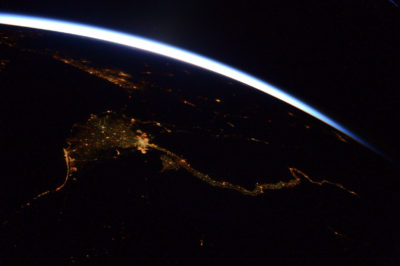
Low Earth Orbit, Space (Courtesy NASA and ASI)
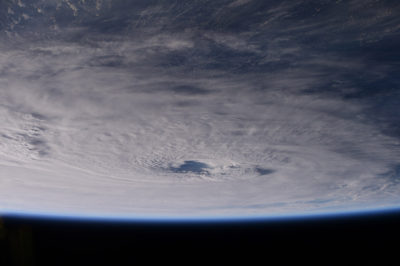
Low Earth Orbit, Space (Courtesy NASA and ASI)
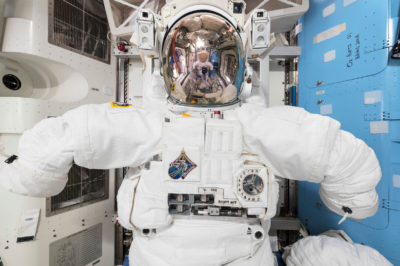
International Space Station – ISS
Low Earth Orbit, Space (Courtesy NASA and ASI)
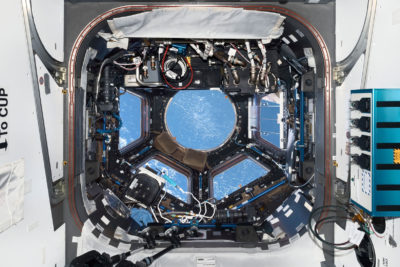
International Space Station – ISS
Low Earth Orbit, Space (Courtesy NASA and ASI)
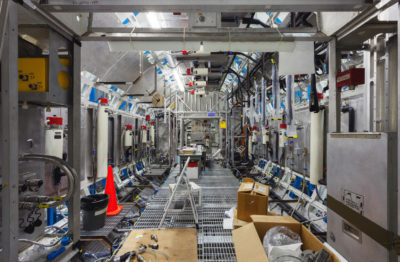
US Laboratory – Destiny Internal Active Thermal Control Simulator – IATCS Test ModuleEnvironmental Control and Life Support Systems – ECLSS Test Facility
NASA Marshall Space Flight Center, Alabama

